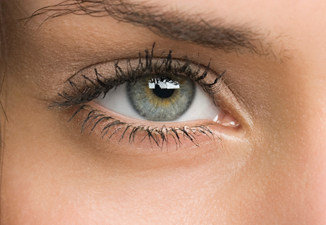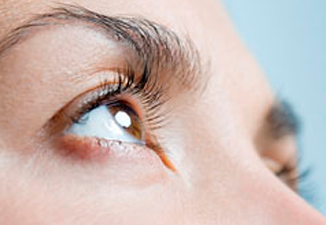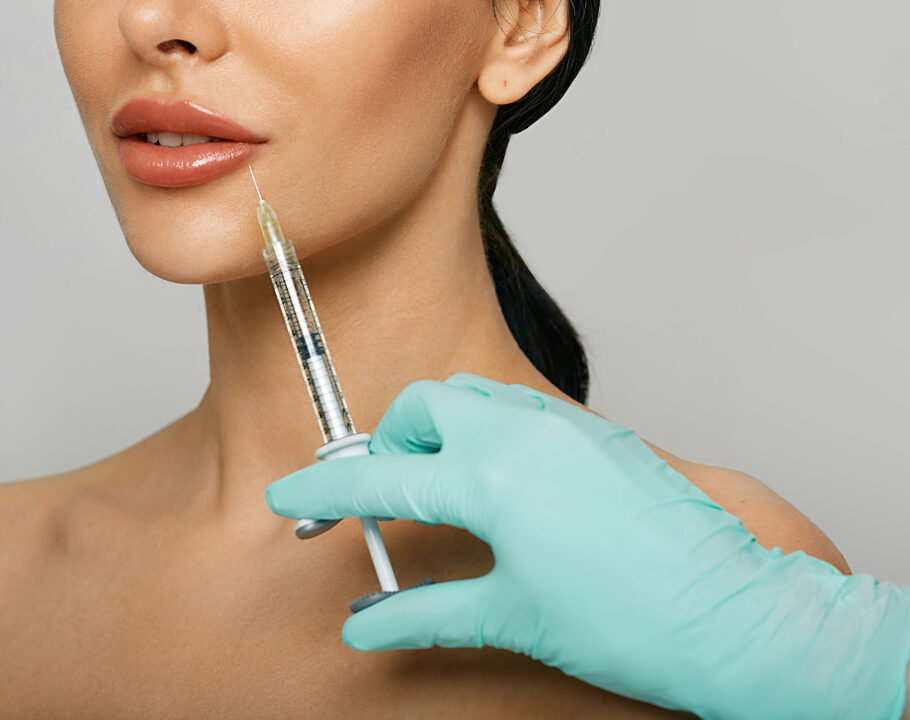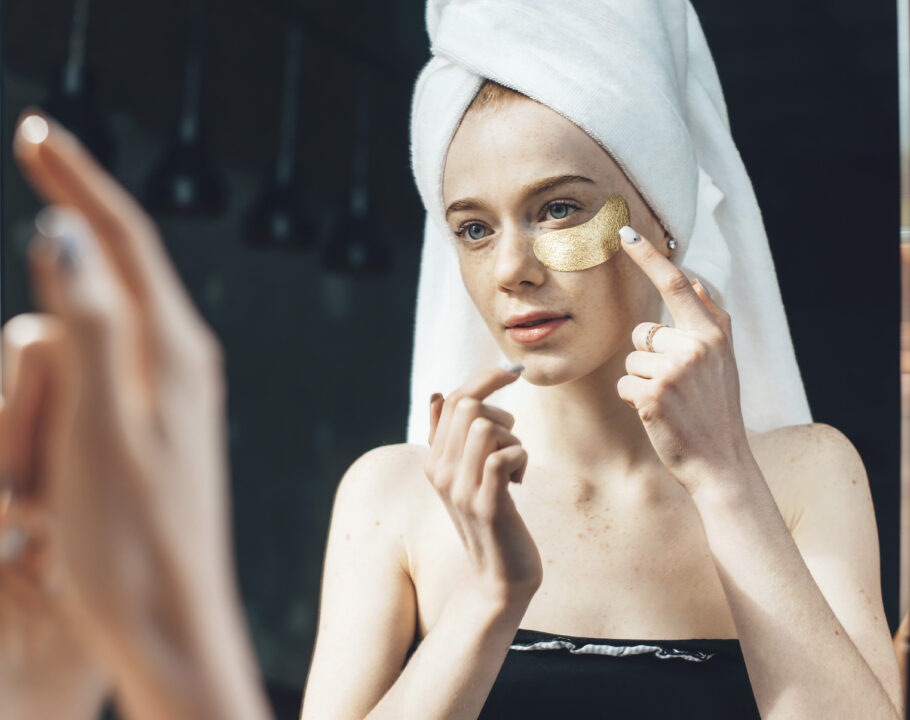
Eyelift

Facts
- Anesthesia
- Local with sedation or general
- Average Treatment Cost
- $3,216
- Duration of Results
- Long-lasting
- In/Outpatient
- Outpatient
- Procedure Time
- 1-3 hours
- Recovery Time
- Up to 10 days
What you should know
What Is An Eyelift?
Recent years have seen a shift in eyelid surgery philosophies. Today’s cosmetic surgery aesthetic is more natural and even, unlike the looks of the past.
Whether performed on the upper eyelid, lower eyelid or both, eyelid rejuvenation surgery (also known as upper and lower blepharoplasty) requires your plastic surgeon to make many small, precise incisions to remove and/or reposition fat and tissue, then reposition the underlying facial muscle. Overlying skin is redraped and excess skin is removed.
Typical incisions for an eyelift include inside the natural curve of the upper eyelid, inside the lower eyelid or just beneath the lash line. An alternative may be incisions in the upper eyelid crease. Scars will be hidden in the lash line or the crease of the lid, leaving them virtually undetectable once healed.
It’s not so much about removing soft tissue and creating a high eyelid fold; rather, it is more about restoring youthful volume and smooth contours that are essential to producing the most natural-looking result.
Common problems that may require some type of cosmetic eyelid surgery are:
- Under-eye hollows
- Under-eye bags or puffiness
- Eyelid drooping or sagging
- Eyelid wrinkling
- Hooding of the upper eyelid
Types of cosmetic eyelid surgical solutions include:
- Lower eyelid surgery
- Upper eyelid surgery
- Double eyelid surgery
Lower Eyelid Surgery
While creams and serums with peptides, vitamins and fluid-eliminating ingredients may help alleviate the appearance of puffy under-eye area, the best surgical solution for persistent under-eye bags is lower blepharoplasty.
Traditionally, a small amount of fat and muscle is removed and the slack skin is tightened up. In the past, muscle was removed, making the eyes look pulled. Today, lower eyelid surgery is not about removing the muscle, but rather using it as a bulking agent, like filler, to add fullness to the area, allowing your eyes to look more natural.
Although it’s not necessary to always perform both upper and lower eyelid surgery, some doctors do advise it so that the eyes take on an overall refreshed and renewed appearance.
Lower blepharoplasty can help negate its effects on the under-eye area by reducing puffiness and bulging. The procedure involves removing or redistributing excess fat and skin through a small incision below the lower lashes or inside the lower eyelid.
Lower eyelid surgery can incorporate several different surgical techniques depending on your needs and desired outcomes. When it comes to eyelid surgery, surgeons generally try to be conservative. If a patient has good skin tone, typically just the fat can be removed. But, for more complex issues, blepharoplasty can involve reshaping the anatomy by addressing muscles, tendons and skin.
The goal of lower eyelid surgery is to produce a smooth contour from the lower lash line down to the midface. Laser resurfacing at the time of eyelid surgery can improve some tone and tautness.
Upper Eyelid Surgery
Blepharoplasty of the upper eyelids can reposition fat and muscle and reduce excess skin to correct the drooping and puffiness that can make a person look older and more tired and may also interfere with vision.
The procedure requires an incision that follows the natural contour of the upper eyelid and may extend to the outer corner. Once it has fully healed, the incision line is easily concealed with makeup. Over time, it will fade to a faint line that is camouflaged in your natural upper eyelid crease.
After the procedure, the upper lids look more open and alert, and people don’t look sad, which makes a dramatic difference in the overall look of the face. Blepharoplasty (both upper and lower) can be performed under twilight sedation (it can also be performed under general anesthesia) and has a fairly easy and quick recovery.
Hands down, upper blepharoplasty is the most effective way to correct an upper eyelid that has become slack. To avoid a sunken in or skeletal look, it’s important that not too much fat is removed.
Who Should Consider An Eyelift
Eyelid surgery corrects droopy lids, sagging tissue and tired or puffy eye conditions. Most people seeking this treatment are showing signs of aging in this area but certain hereditary conditions like under-eye bags or so-called “sad eyes” may be present in people of all ages, which may require eyelid surgery.
You might want to consider eyelid surgery to fix one or more of these problems:
1. Under-eye hollows: Under-eye hollows are caused by loss of fat or fat bulging above the eye hollow due to weakening support structures that hold fat in place. In many patients, the eyes are often the first part of the face to fall prey to visible signs of aging, and changes in facial volume are one of the biggest causes. Hollows under the eyes can be addressed with surgical or nonsurgical solutions.
2. Under-eye bags: Caused by fat collecting under the eye, under-eye bags are caused by too much volume or weakening of tissues over the fat, which causes it to bulge. Some women are prone to an accumulation of fat under the eyes, and these bags can be improved through lower eyelid surgery, either by itself or in conjunction with a facelift.
3. Sad or Sleepy Eyes: To correct sad eyes (where the outer corner of the eye is turned downward), canthoplasty or canthopexy techniques can be used during upper or lower eyelid surgery to gently reposition the tendons of the eyelid to a more natural, lateral and alert position.
4. Eyelid Droop: Droopy eyelids, which get more pronounced with age, can be corrected with a blepharoplasty to remove excess skin and/or fat on the upper lids and bags on the lower lids.
Who Should Not Consider An Eyelift
Though age-related changes like fine lines and looseness of the upper eyelid begin to appear by the mid-30s, eye surgery isn’t just for those looking to erase the signs of time.
What to Expect With An Eyelift
Plastic surgeons, facial plastic surgeons and oculoplastic or ophthalmic plastic surgeons are the only appropriate providers if you are considering blepharoplasty. Although blepharoplasty can be performed in your surgeon’s in-office surgical suite, it is still surgery and all the proper accreditation standards and safety precautions must be met.
Both lower and upper eyelid procedures can be performed on an outpatient basis under general or local anesthesia with sedation. Expect a week or more of swelling and several weeks for any bruising or discoloration to fully diminish. Many blepharoplasty patients find they don’t need to take the prescribed pain medication to manage their discomfort.
Post-Treatment Care: Eyelift
You may feel some discomfort at the incision sites for a day or two and may wish to wear dark sunglasses in the days that follow for enhanced comfort. Your vision may also be slightly blurry due to the temporary swelling and your eyes might feel drier than normal.
Expect to sleep with your head elevated on several pillows for a few days to reduce swelling, and keep cold compresses on hand for at least the first 24 hours after surgery. Special drops and ointment will keep you comfortable, and may be required as you heal. Within five to seven days of surgery, any or all your stitches will be removed. When your incisions are completely healed, you are ready for a little concealer and eye contact with the world.
Inside Tip: Eyelift
After eyelid surgery, you shouldn’t wear makeup until 24 hours after all sutures are removed. To be on the safe side, have new eye makeup so you don’t risk contaminating incisions with bacteria.










